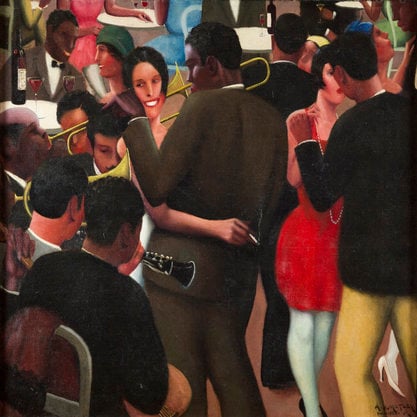Article
Carrillo (Trujillo), Julián (1875--1965) By Madrid, Alejandro L.
Article
Julián Carrillo is recognized as one of the first microtonal composers in the Western art music tradition. His experiments with microtones (intervals smaller than the half tone), which he called Sonido 13 (The Thirteenth Sound), were an attempt to expand the melodic possibilities of the Western art music tradition’s language; the first work to crystalize these ideas was Predulio a Colón (1925). He composed music in quarter-, eighth-, and sixteenth-tones and built special instruments that could play these intervals. He also patented a series of pianos that could play third-, quarter-, fifth-, sixth-, seventh-, eight-, ninth-, tenth- eleventh-, twelfth-, thirteenth-, fourteenth-, fifteenth-, and sixteenth-tones. He developed a numerical system of music notation in order to deal with the increasing number of pitches in the scales generated by these subdivisions of the half tone. Carrillo also contemplated the possibilities that the systematic serialization of these new scales might have on theorizing rhythm.
